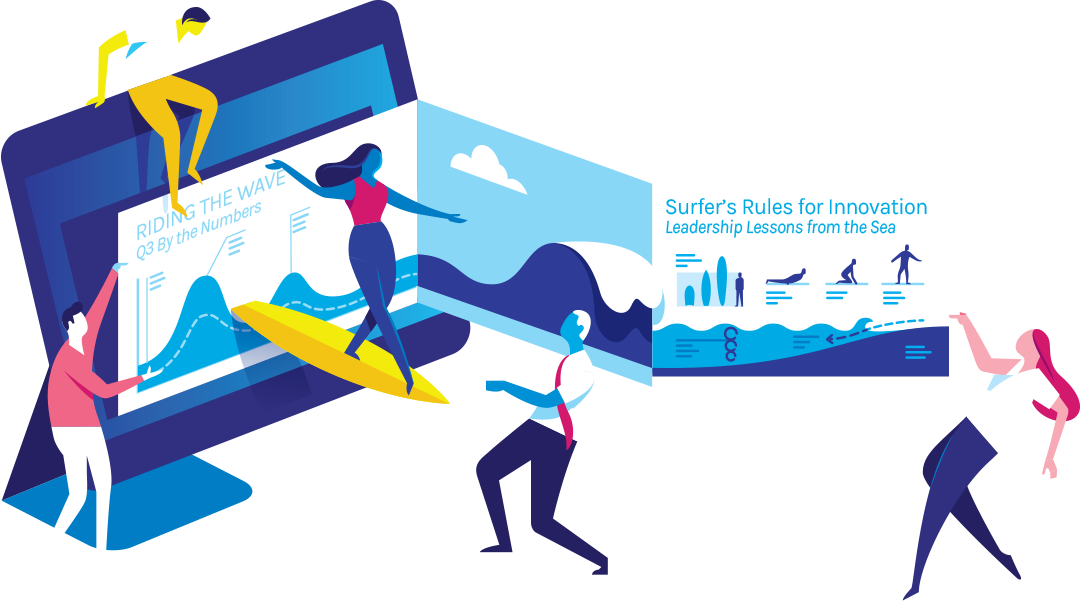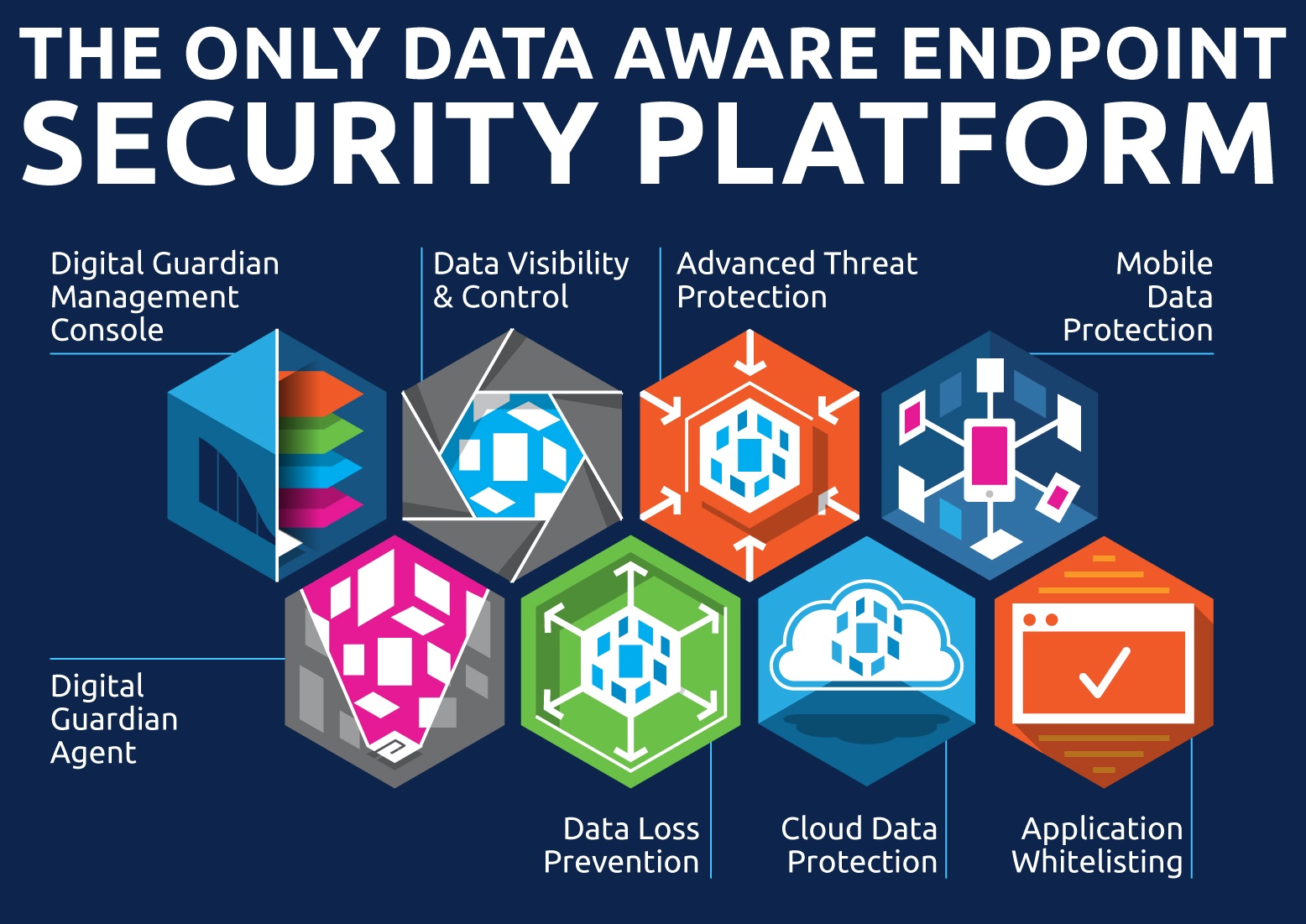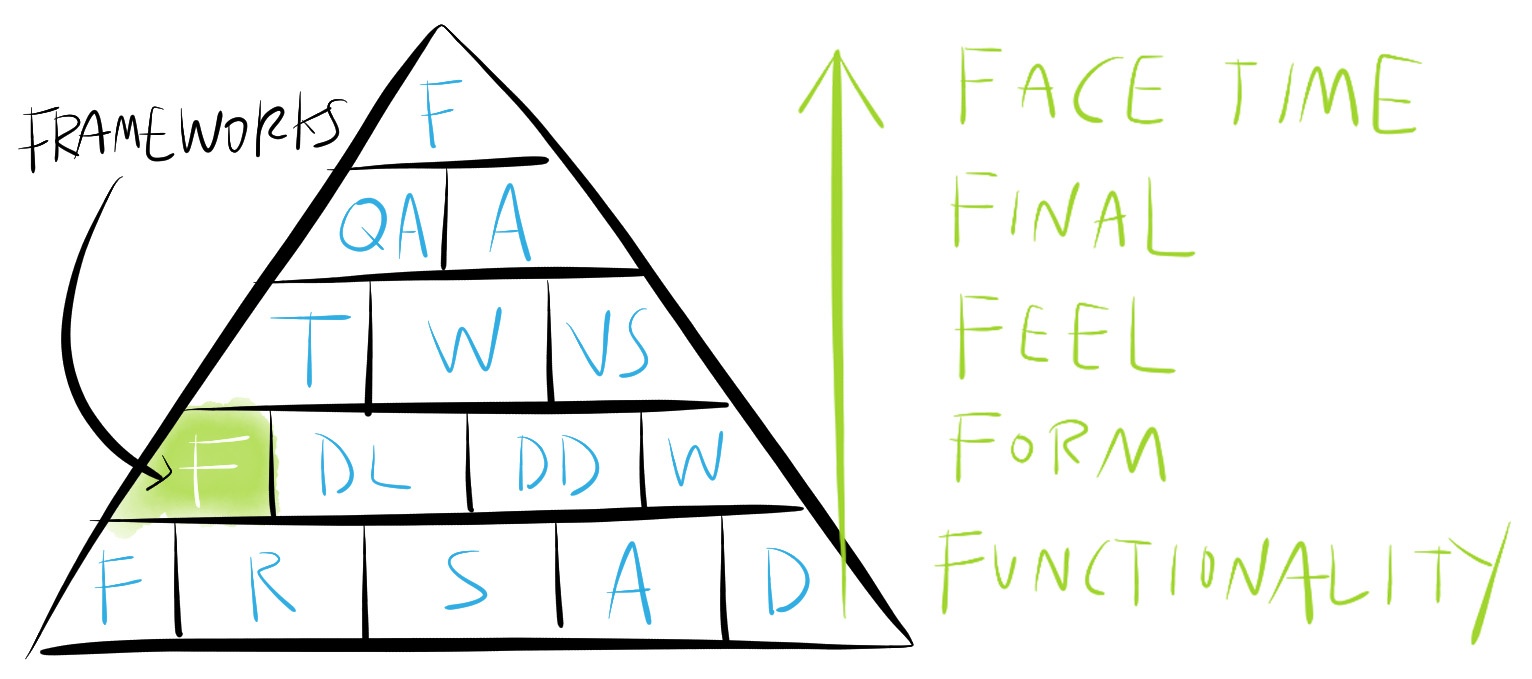The Ultimate Guide to Visual Storytelling
The term “visual storytelling” is relatively new, but the concept has been around a long time.
Picture this: A dank cave in France some 35,000 years ago. A small band of Paleolithic hunters lumber inside, home from a successful kill. They drag their prize—a bison—behind them. The cave echoes with their whoops and shouts. It’s a cause for celebration, not only because the animal is big enough to feed their clan for months, but also because it’s the first time the youngest among them has wielded his spear successfully.
Fist bumps and high-fives have yet to be invented, but if they had been, the young spear thrower would have been on the receiving end of several. For him, it’s a day to remember. So, that night, by the flickering light of a torch, he decides to mix spit and animal fat into a small hollow of red earth, presses a primitive animal-hair brush into the mixture, and slowly lifts those bristles, dripping, toward the wall. There, as best he can, he paints, telling the story of that day’s hunt in pictures.
Today the term “visual storytelling” is typically used in the context of business communications, journalism, and entertainment, and is associated with a wide range of visual arts: filmmaking, photography, infographics, illustration, animation, graphic recording, virtual reality, and more.
When combined with a compelling narrative, these mediums can—and do—elicit an emotional response. Visual storytelling speaks to us on a visceral level. Given the ability of stories to inspire, motivate, and move people to take action, it’s easy to see why more and more businesses are making storytelling an important part of their communications strategy.

Why is storytelling important to my business?
Understanding is key
Every business starts with an idea—whether it’s a product that’s new and different, a service that makes life easier, or a process that improves the way things get done. No matter what a business intends to promote, and whether the audience is internal or external, to be successful it needs to clearly communicate what’s being offered and why anyone should care.
And stories are the best way to do that.
How? Sometimes by making the viewer the hero of the story, and showing how the product or service solves a need or problem. Sometimes by showing what life is like without that solution. In other words, storytelling in business illustrates an idea’s or a product’s or a service’s relevancy to the lives people live.
Storytelling also has the ability to simplify complex messages and make abstract concepts concrete. In the movie The Big Short, for instance, a character explains the cause of the global financial crisis with a story that begins, “Let’s say I bet $10 million on a blackjack hand…” Or consider the life lessons taught via Aesop’s fables, or the way Neil deGrasse Tyson brings the vast mysteries of the universe down to Earth.
Employees and consumers are far more likely to buy or support something if they understand why it matters. Visual storytelling in business communicates that “why” in a way that’s vivid and engaging. Some might even say, irresistible.
How can I use visual storytelling?
Synthesize, illustrate, and explain complexity
Let’s say your start-up, after years of research and testing, has developed a device that can accurately predict earthquakes a full month before they happen. In order to go into full production you need additional funding. Most venture capitalists don’t want to wade through hundreds of pages of scientific documentation that explains—in dry, technical detail—how this potentially life-saving, money-saving product works and why it’s a great investment. And listening to someone plowing through bullet point after bullet point, with some lame clip art thrown in a cobbled-together presentation, doesn’t quite cut it either.
Enter visual storytelling.
In this example, authentic narrative elements can be used to illustrate the problems caused by earthquakes and their unpredictability, how your device works to mitigate them, and the benefits to all—including the public, the government, your company, and, of course, investors who made the right decision. Options for this kind of storytelling include everything from animated videos to data visualization to powerful infographics that synthesize huge chunks of information or clearly and succinctly illustrate steps in a process.
The reason visual storytelling like this works is simple. According to a 3M study , “Visuals are processed 60,000 times faster than text by the human brain and 90% of information transmitted to the brain is visual.” Another study showed that after three days, subjects could only recall 10% of information presented in text alone, but were able to remember 65% of the messaging when the text was presented with relevant visuals.
As human beings, we’re drawn to visuals and hard-wired to respond to stories. That’s why visual storytelling is such a powerful tool.
A few examples

What is the visual storytelling process?
OK, you’ve decided to use visual storytelling in your organization. You’re intrigued by the concept, but you’re not sure how to get from “here” to “there.” Not sure how to go about finding and sharing the stories that are at the heart of how your idea or product or service makes life better.
Happily, there’s a proven way to go about that, a four-step process developed by professional marketers, writers, graphic artists, designers, and animators. Here’s what you can expect when working with an agency like Tremendousness that specializes in visual storytelling:

Step 1: Discovery
You’ll meet with the agency team—either in person or online—to begin a highly collaborative, interactive process that leverages the deep knowledge you have of your business, organization, or endeavor. It’s part Q&A, part brainstorming, but mostly this technique called “visual thinking”. Combined with expert facilitation, we use simple tools—such as whiteboards and markers and sticky notes—to organize thoughts and make complex ideas clear, explicit, and actionable. Different audiences for your products or services evoke different stories. This initial step uses visual thinking to discover what those stories are and the best way or ways to tell them.
Step 2: Concepts
At this point in the process, decisions are made as to how information and visual elements will be combined in a cohesive and meaningful storyline. Three basic structures, sometimes referred to as “frameworks”, underlie all well-crafted visual stories. Systems illustrate components and connections. Processes clarify steps, stages, and flows. And Comparisons point out differences—new vs. old, us vs. them, apples vs. oranges, etc. Quick, iterative napkin sketches start to bring the story to life.
Step 3: Blueprint
Here the agency adds finesse and detail to the concept. Much like the blueprint of a house, every component is placed where it belongs. Visuals are sketched in detail. Text is written, layout is established, and brand considerations are identified. The Blueprint is a fully functional communications tool, minus the final illustrations.
Step 4: Production
Think of this as the “Ta-da!” phase, where it all comes together in the structural, narrative, and branded approach deemed best for your audience, your identity, and your message. Professional artists render every pixel in perfect detail, resulting in compelling visual stories that authentically address a problem your audience faces, ignite emotions they identify with, and in the process, transforms your story into their story.
Related content
